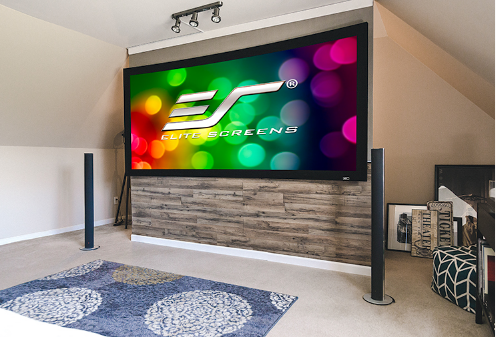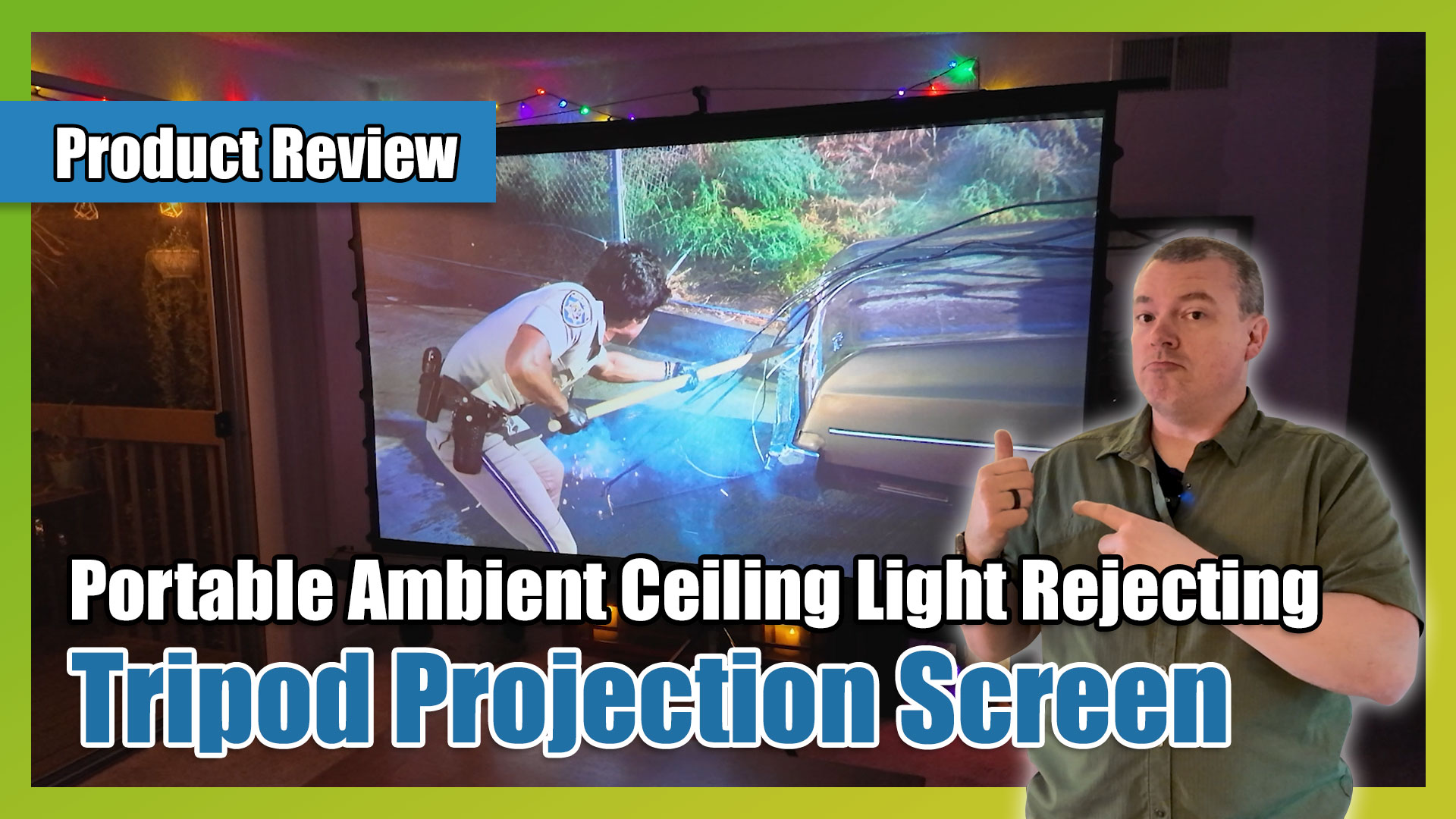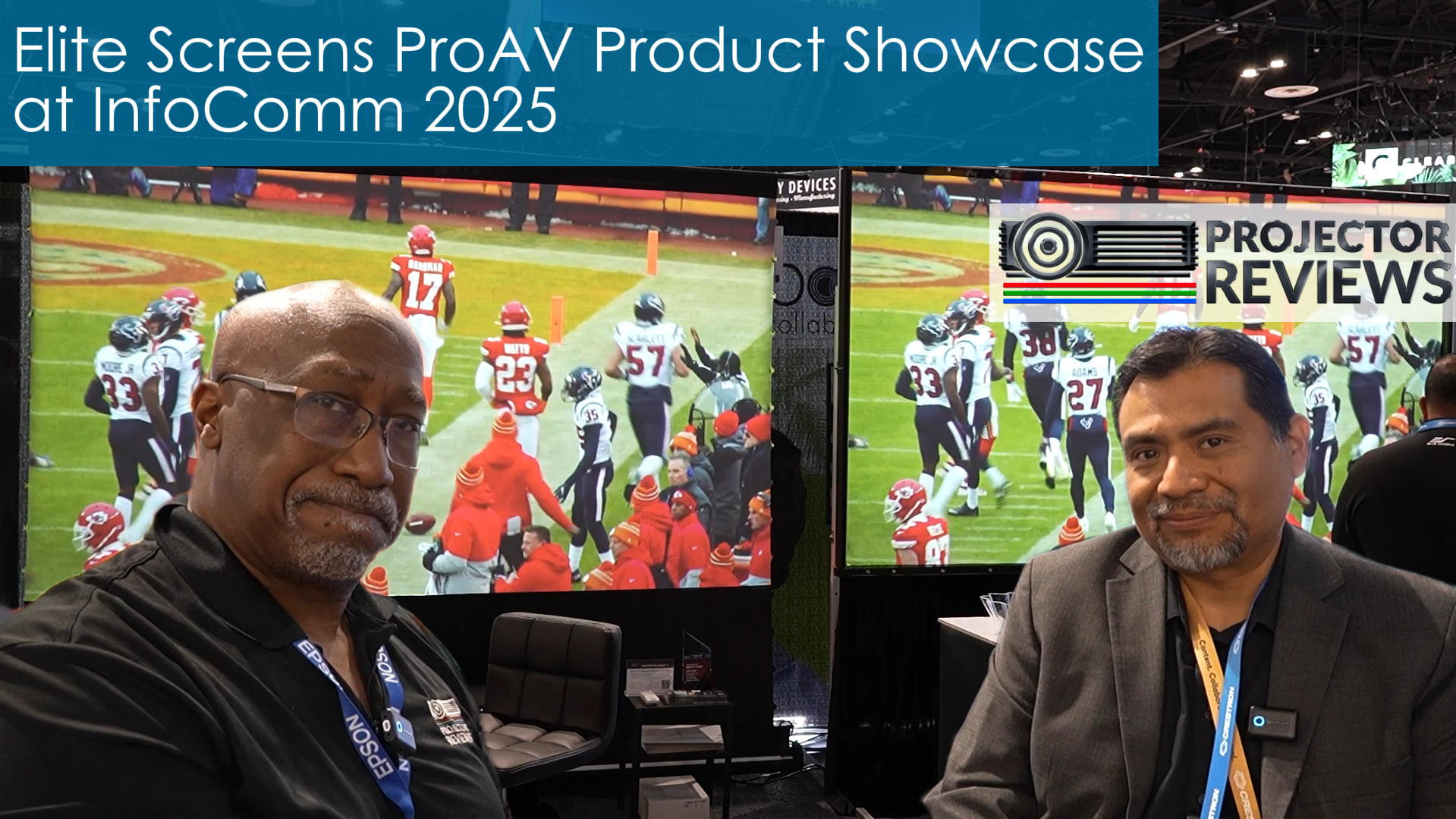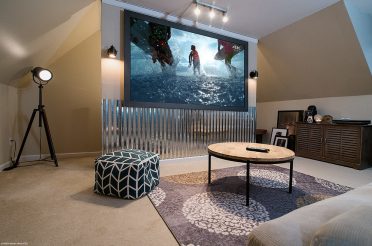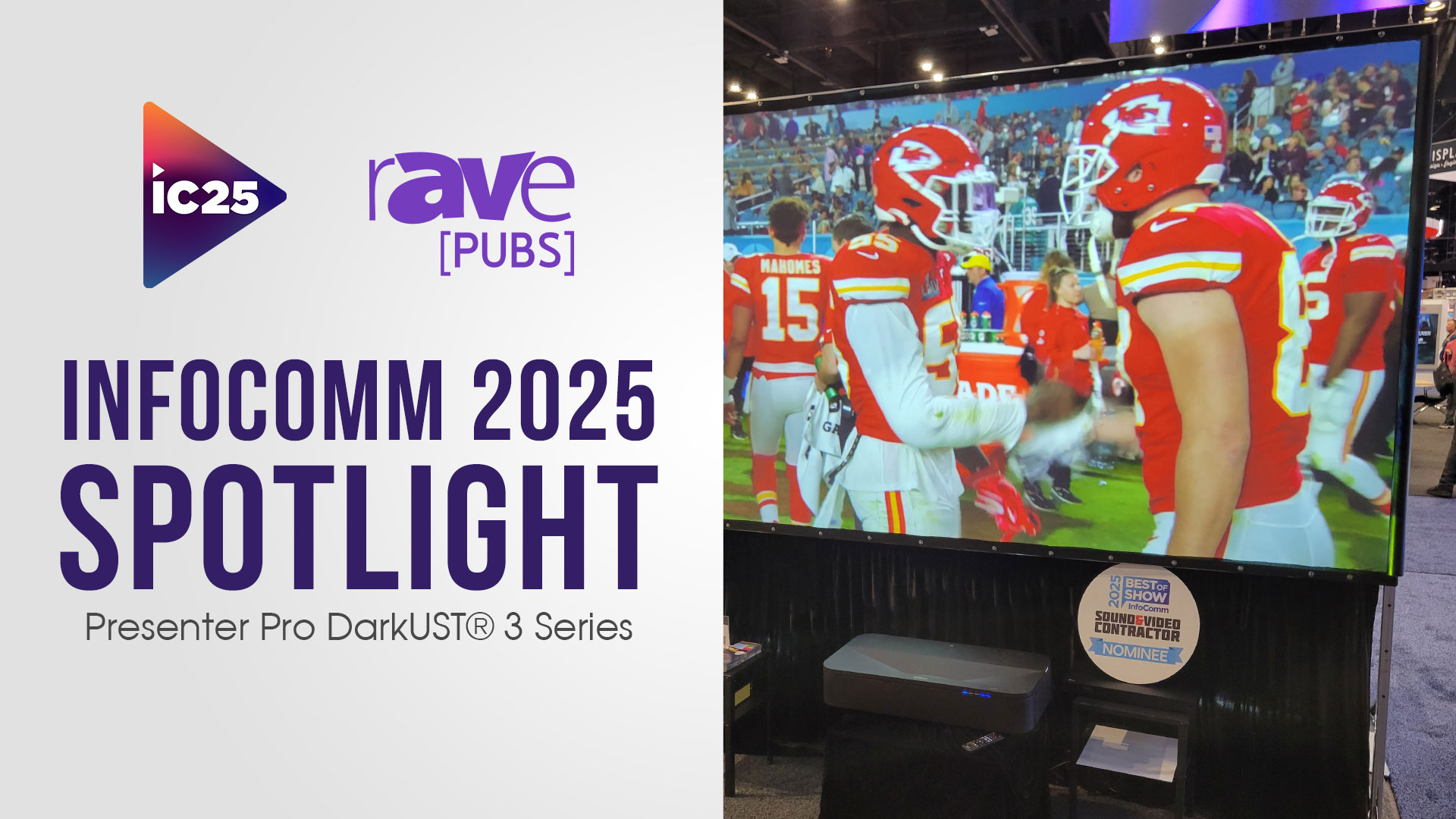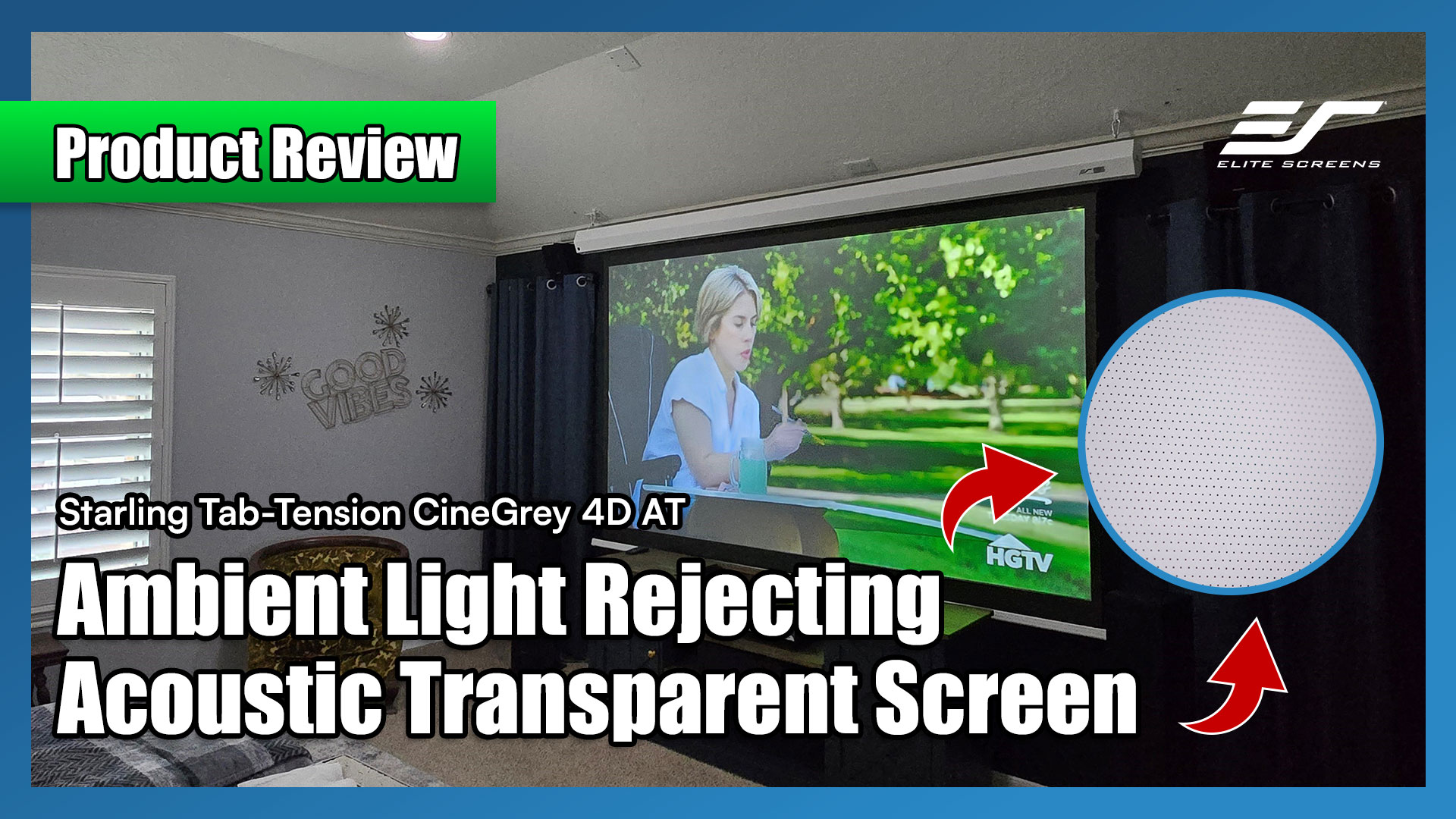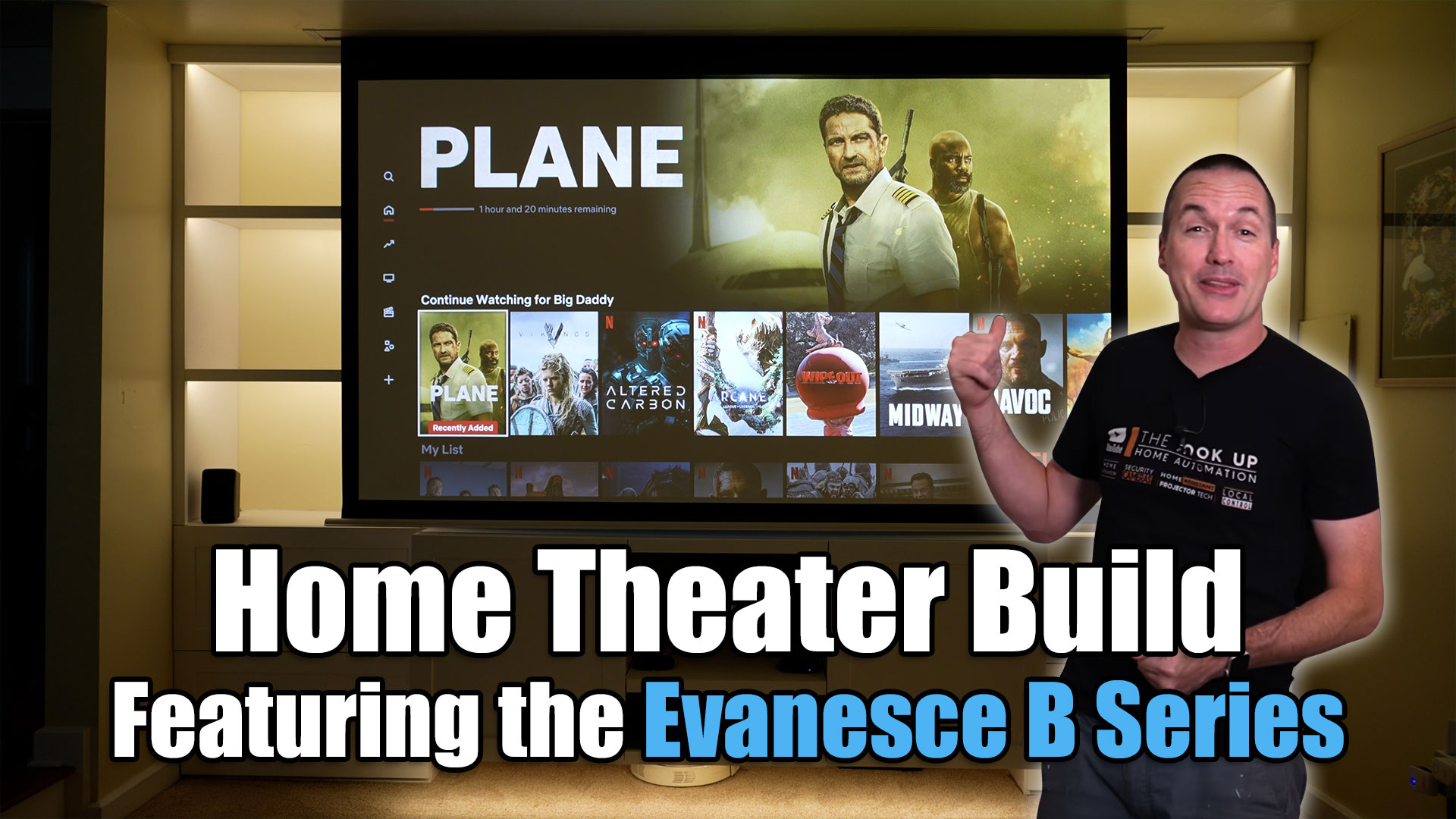By Dave Rodgers (Marketing Manager of Elite Screens & EPV Screens)
Question: “What is the Big Deal about Curve Projector Screens?”
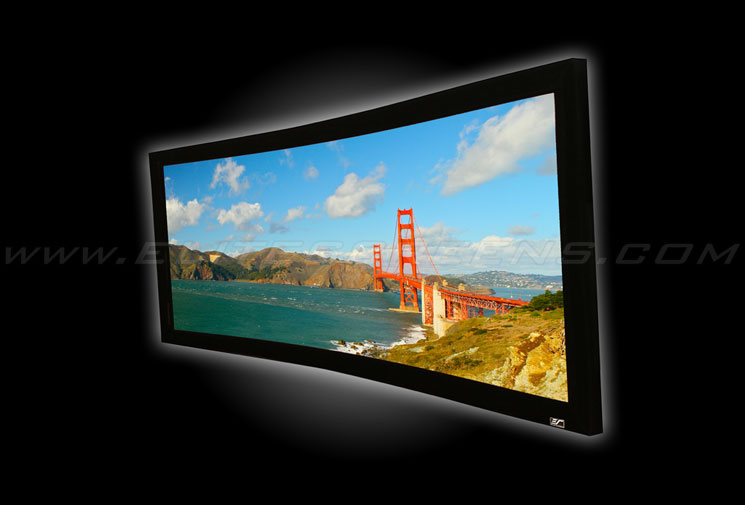
What is Widescreen?
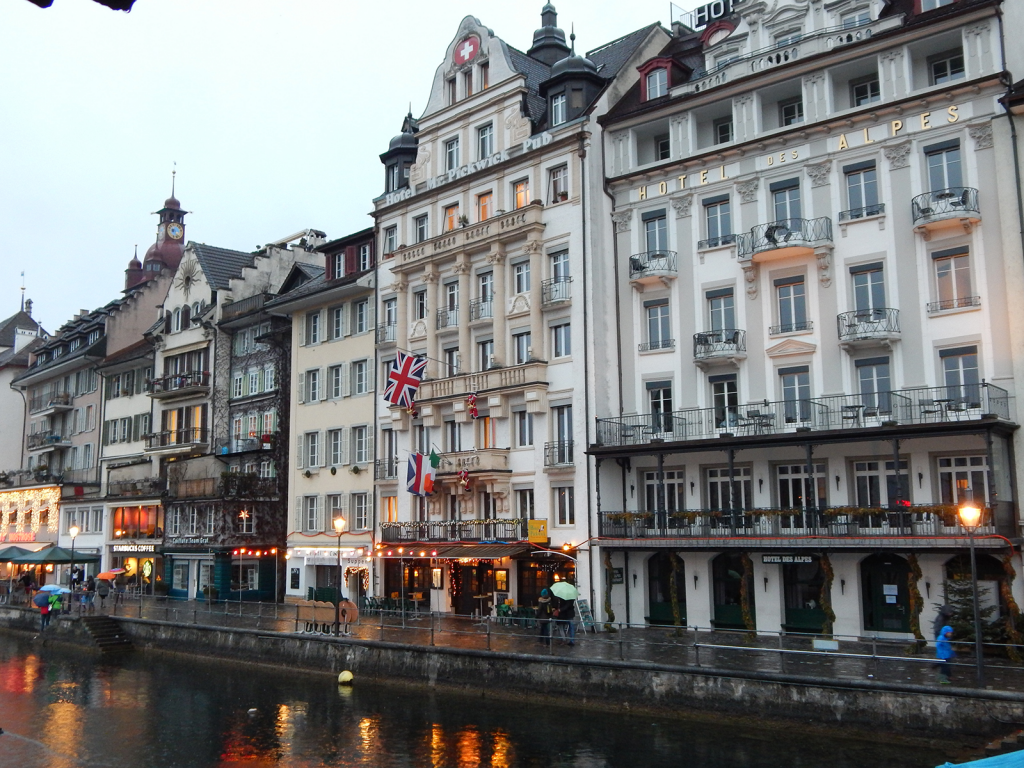
To understand why a home theater projector screen should be curved requires you to know a thing or two about aspect ratios. Mainly, this includes the “Widescreen Cinema Standard” or to be specific, the 2.35:1 Aspect ratio. Aspect ratios determine the screen’s shape. A 1:1 aspect ratio indicates that for every 1-measure of width, there will be 1-measure of height. This means that a 1:1 aspect ratio forms a perfect square. A 16:9 or HDTV aspect ratio is an image that will measure 16 units of uniform distance (cm, inches, etc.) of width for every 9 equal units of vertical measurement. In other words, a 16:9 screen that is 16-feet wide will correspondingly be 9-feet tall. Ergo, a Widescreen Cinema aspect ratio would present an image that is 2.35 times as wide as it is tall.
In 1892, Thomas Edison established the 4:3 NTSC aspect ratio. He chose a rectangular measurement of 4 units wide to every 3 corresponding units of height because it matches a human’s binocular field of vision which is 155° x 120°. This established 4:3 as the standard for early cinema and later, television. As more households acquired television sets, theater’s needed a competitive edge and they got it by offering a wider image that gave a more favorable experience. After fluctuating through a myriad of “widescreen” angles from around 1952 to 1957, The Society of Motion Pictures and Television Engineers (SPMTE) settled on a 2.35:1 format as the aperture standard in motion pictures. This would change to 2.39:1 in a 1970 revision but the term “2.35:1” is still used interchangeably today in reference to either the 2.35:1 or 2.39:1 aspect ratios. Fortunately, there is little required to match either format with your typical “2.35:1” aspect ratio projection screen so this tends to work out nicely.
So why is widescreen relevant?
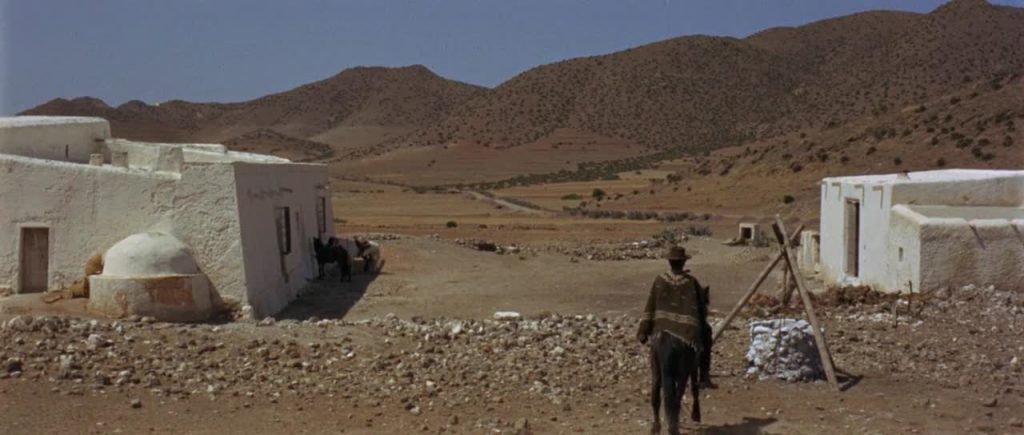 There are many advantages to the Widescreen Cinema Standard aspect ratio. Old 4:3 aspect ratio films literally trapped the viewer by limiting their focus within their own natural field of vision. The wide screen format allowed the viewer to take in a broader image by providing a more dynamic vantage point. In other words, 4:3 limited your ability to see anything more than what the film’s immediate subject material was whereas a 2.35:1 widescreen opens up a broader world allowing you more subject material to take in. The end result is a heightened sense of interactivity since viewers now have the option of focusing on either the main subject matter of the shot or the details of the world surrounding it. This is especially powerful in landscapes or crowd images. There is more of a real-life presence where the viewer is no longer watching a stage but actually following its players through a real world.
There are many advantages to the Widescreen Cinema Standard aspect ratio. Old 4:3 aspect ratio films literally trapped the viewer by limiting their focus within their own natural field of vision. The wide screen format allowed the viewer to take in a broader image by providing a more dynamic vantage point. In other words, 4:3 limited your ability to see anything more than what the film’s immediate subject material was whereas a 2.35:1 widescreen opens up a broader world allowing you more subject material to take in. The end result is a heightened sense of interactivity since viewers now have the option of focusing on either the main subject matter of the shot or the details of the world surrounding it. This is especially powerful in landscapes or crowd images. There is more of a real-life presence where the viewer is no longer watching a stage but actually following its players through a real world.
Why does a widescreen format projector surface need to “curve”?
There are three major reasons why having a curved projection screen is a good idea. First, it eliminates Pincushion Effect. This is a visual artifact that occurs as image distortion caused by light from the projector travelling unequal distances to various points on the screen. Second, it gives viewers a heightened sense of immersion. Third, it enhances image brightness, giving white screen materials an added defense against the washout effects of ambient light. The following points illustrate each feature.
- Pincushion Effect occurs when the projector’s light is travelling to the outer edges of the projection screen at a much greater distance than it is to the screen’s center. The further light travels, the more it spreads out. This causes distortion at the edges of the material. Since the corners of the image flare out taking on the appearance of an old-fashioned pincushion, its clever name has come to be forever part of the AV vernacular. A curved screen negates this artifact by providing a set degree of curvature to ensure that the distance between any point on the projection screen and the projector itself is relatively equal. Shortening the throw distance between the projector and screen eliminates this distortion from occurring. For your typical home theater screen, the most ideal measurement for optimal performance free from the pincushion effect would be a 40’ fixed radial curvature.
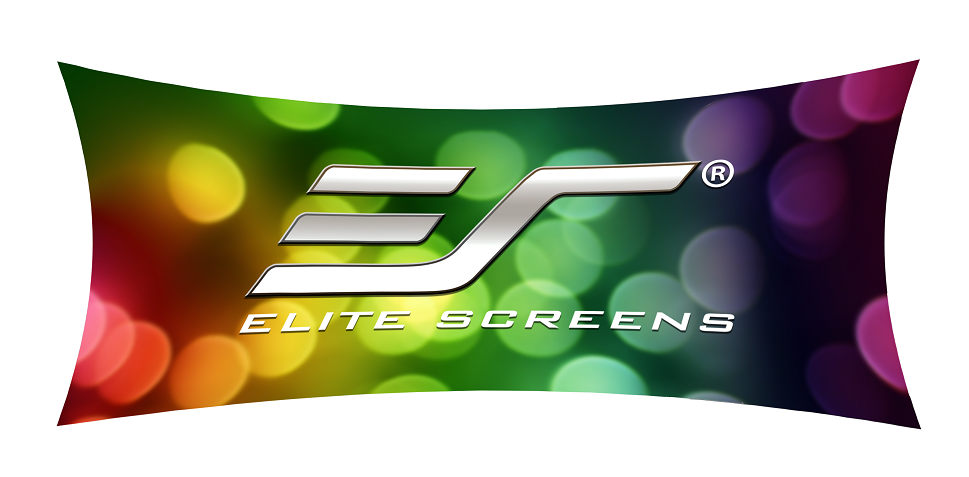
- Visual Immersion is a very nice effect created by a curve screen. When you go into most modern movie theaters, you’ll notice that the projection screen is curved. In addition to eliminating distortion artifacts, this plays a key role in viewer immersion. The wide, curved-screen reaches into your peripheral vision giving you the illusion of being drawn into the image. The result is that viewers get a much more realistic sense of physical presence in the film.
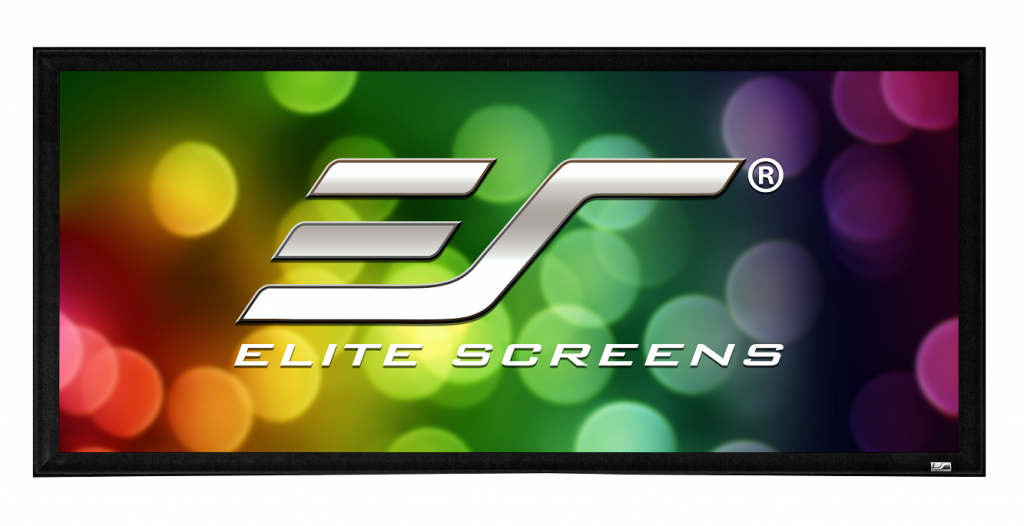
- Enhanced Brightness with Marginal Ambient Light Rejection on white materials is the result of the curved-screen’s design. Light normally falls on a flat white projection surface with wide diffusion uniformity but a curved design channels that light into a more concentrated level of brightness for viewers sitting directly in front of the screen. Although the material is not scientifically designed to reject the washout effects of ambient light, the concentrated brightness does to some extent, overpower the presence of indirect lighting.
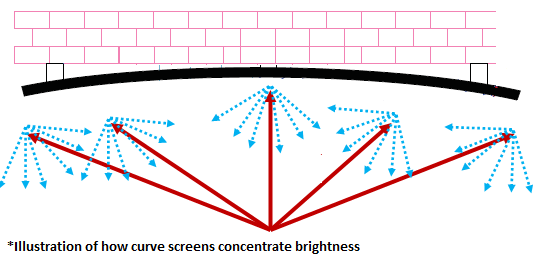
A widescreen display is ideal for those who primarily use their projection system for cinema presentations.The sleek look really brings home the big theater experience.With curve screens now a common feature on the home theater landscape, it is just the best way to have the aesthetics and big screen excellence in your own home.
-DR
About the Lunette 2 Curved-Frame Projector Screen
The Lunette 2 Series is Elite’s curved fixed frame screen. Curved screens design improves image depth and perception while increasing brightness uniformity. A new design feature for the CineWhite™ material is a rubber-edge border that makes installation a lot easier and a lot less time consuming. As an added bonus, a new installation kit is included free of charge.
